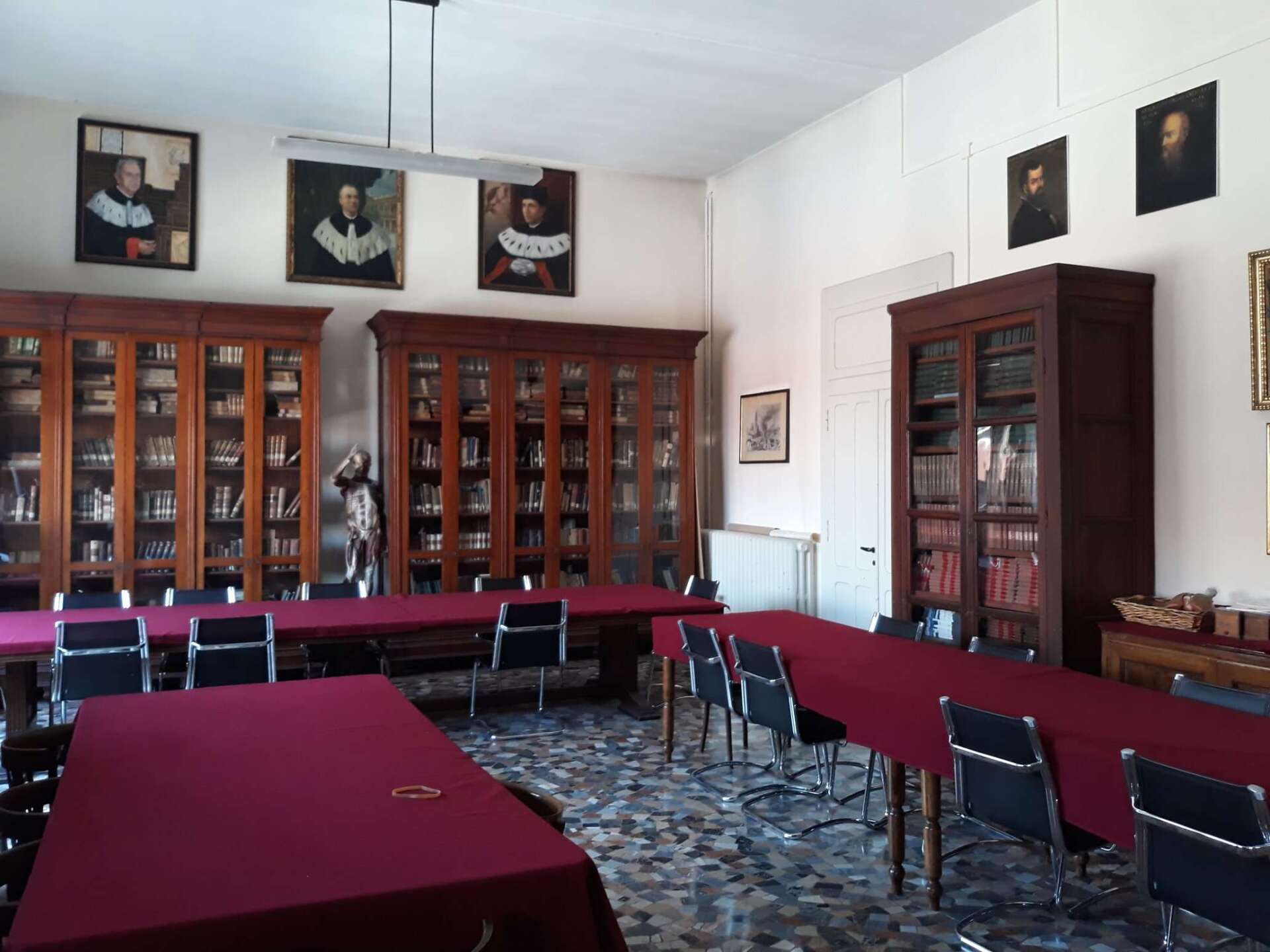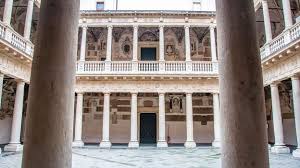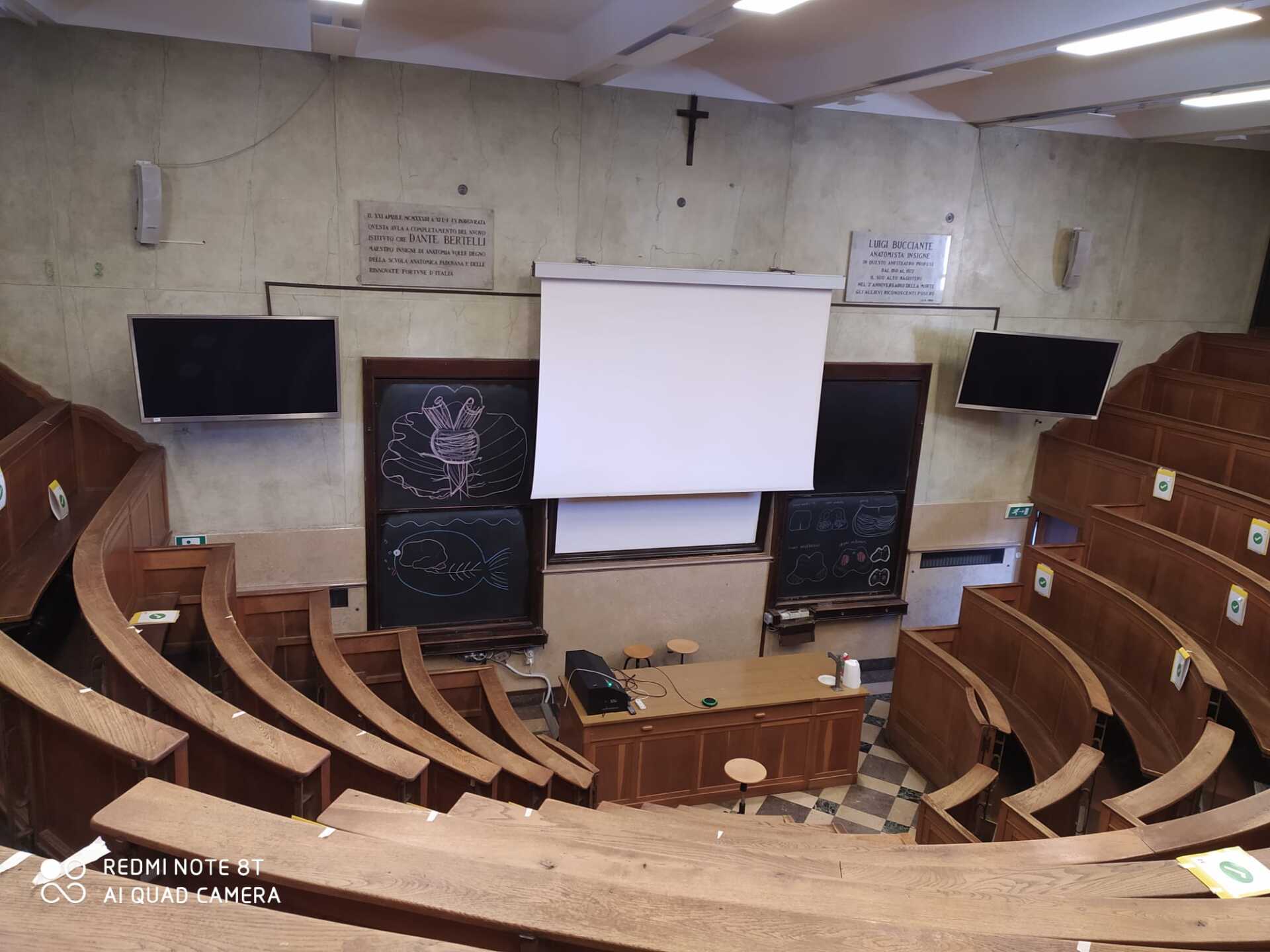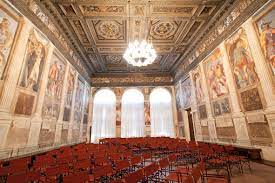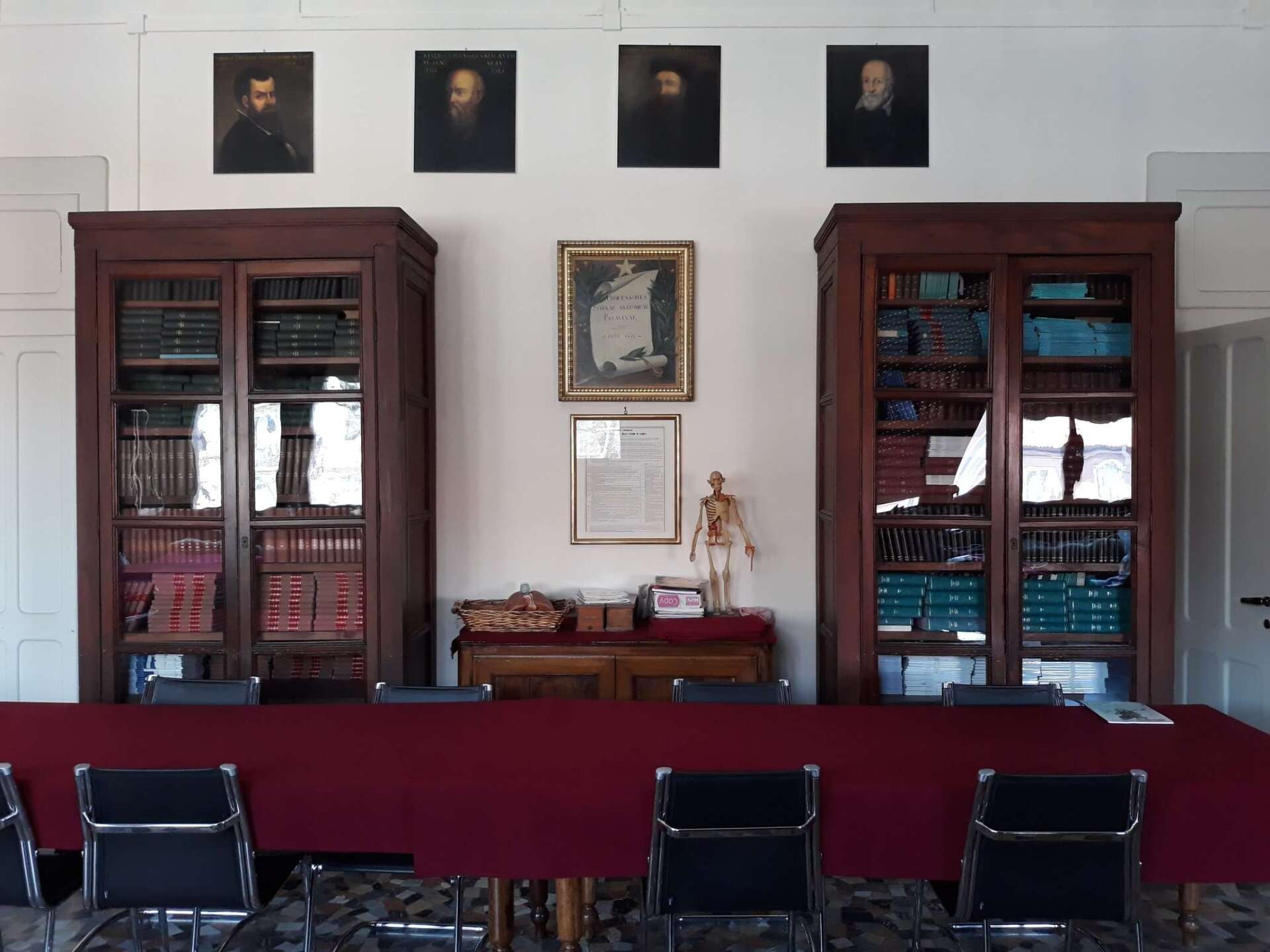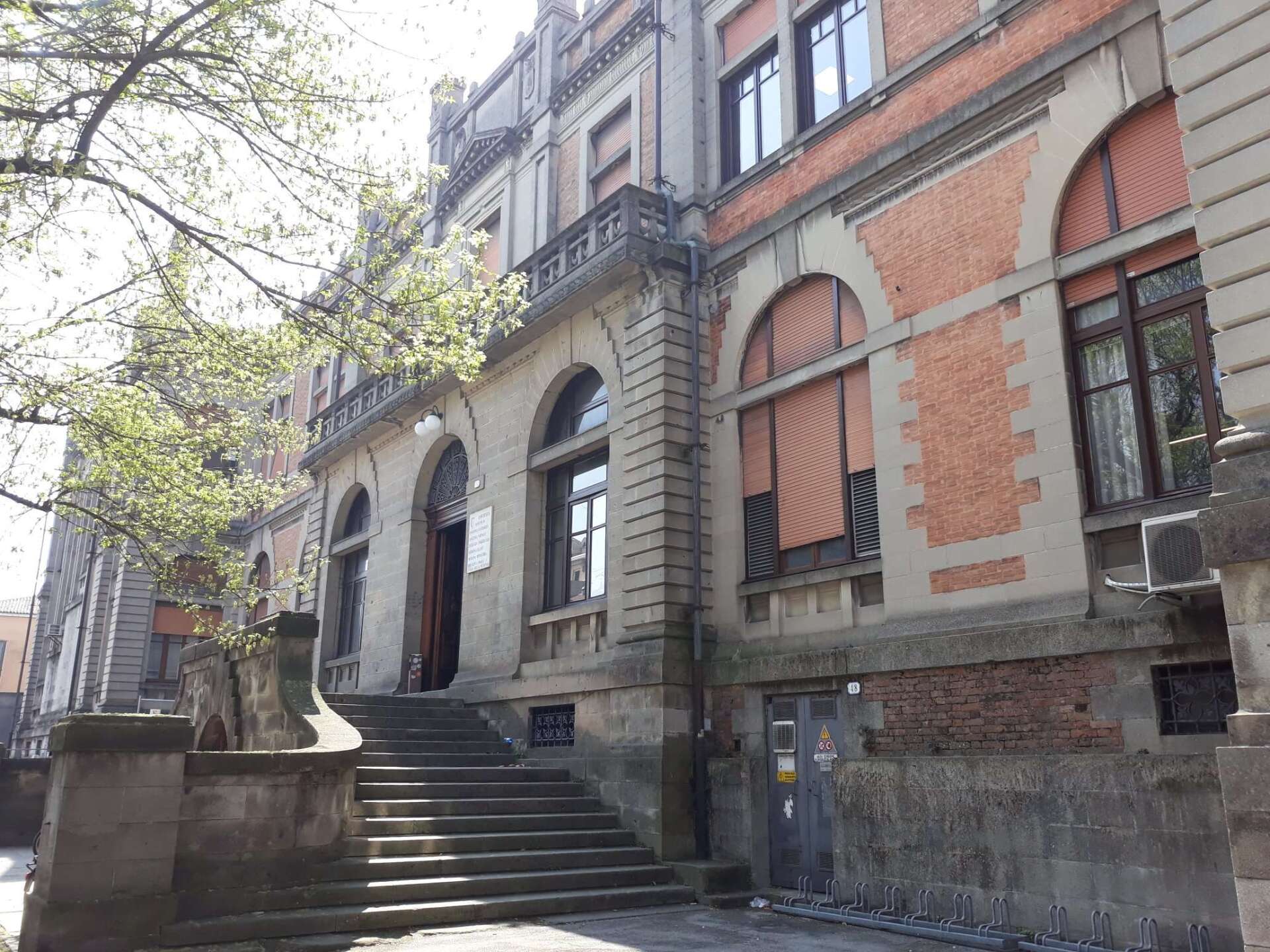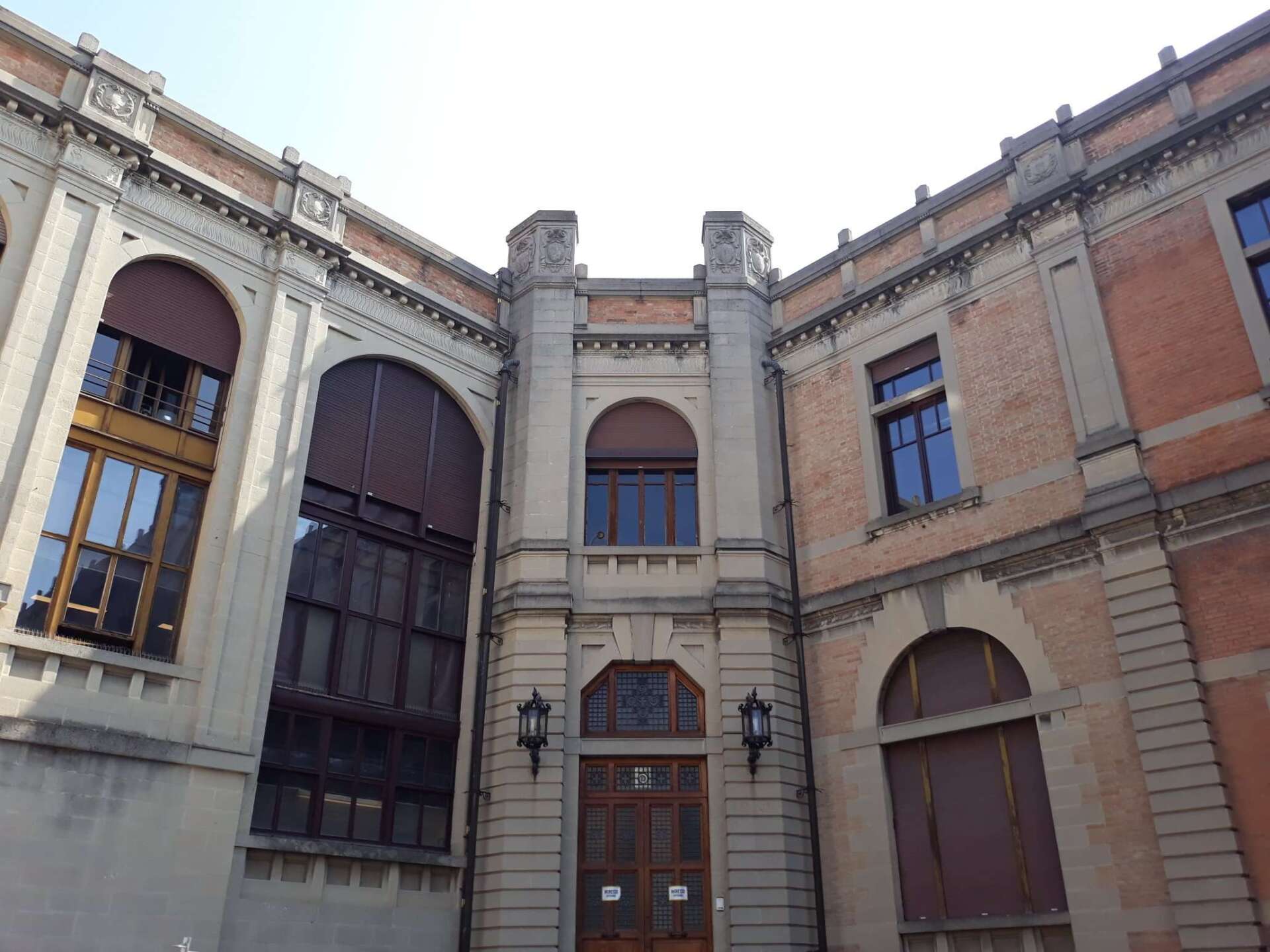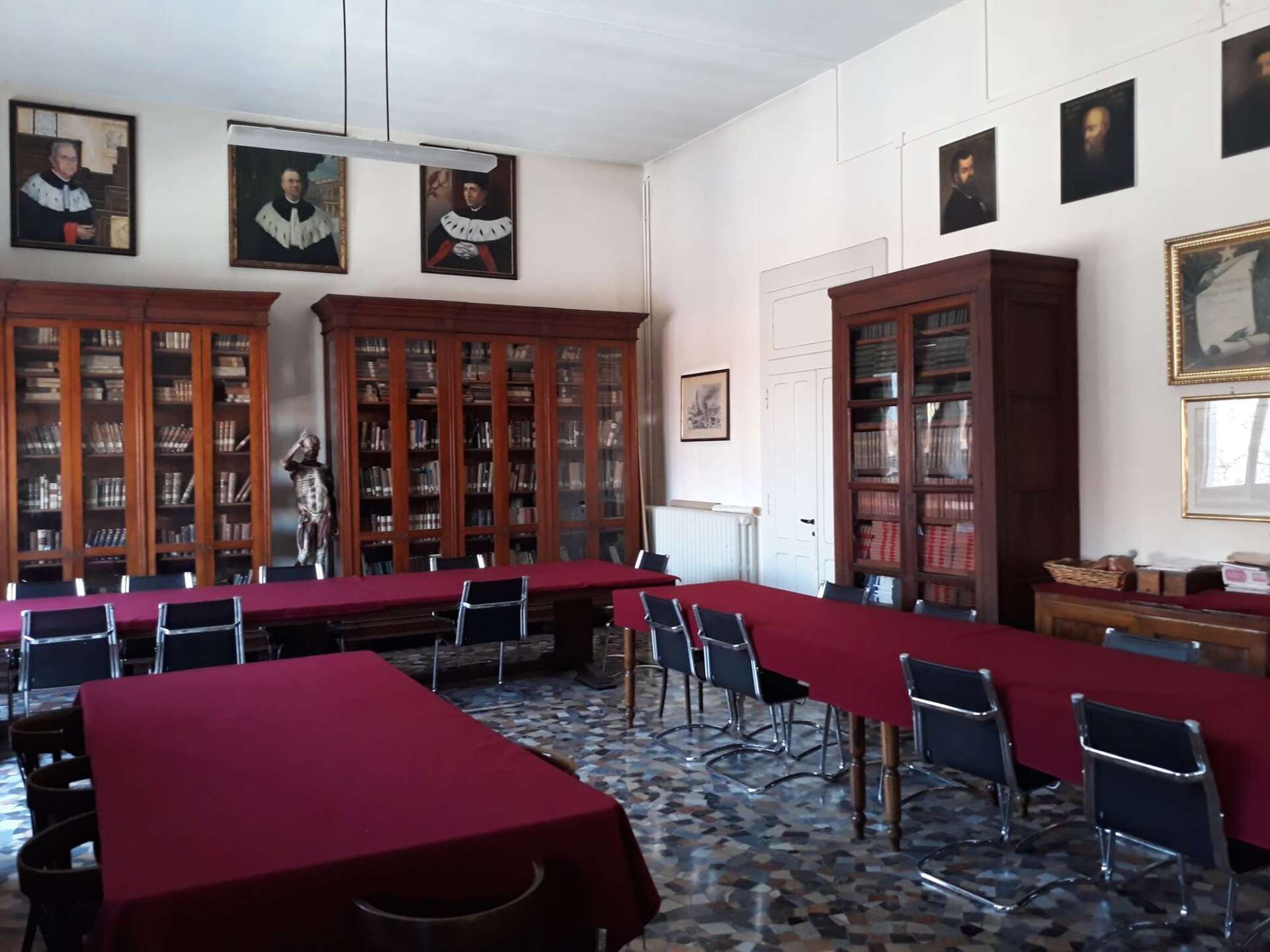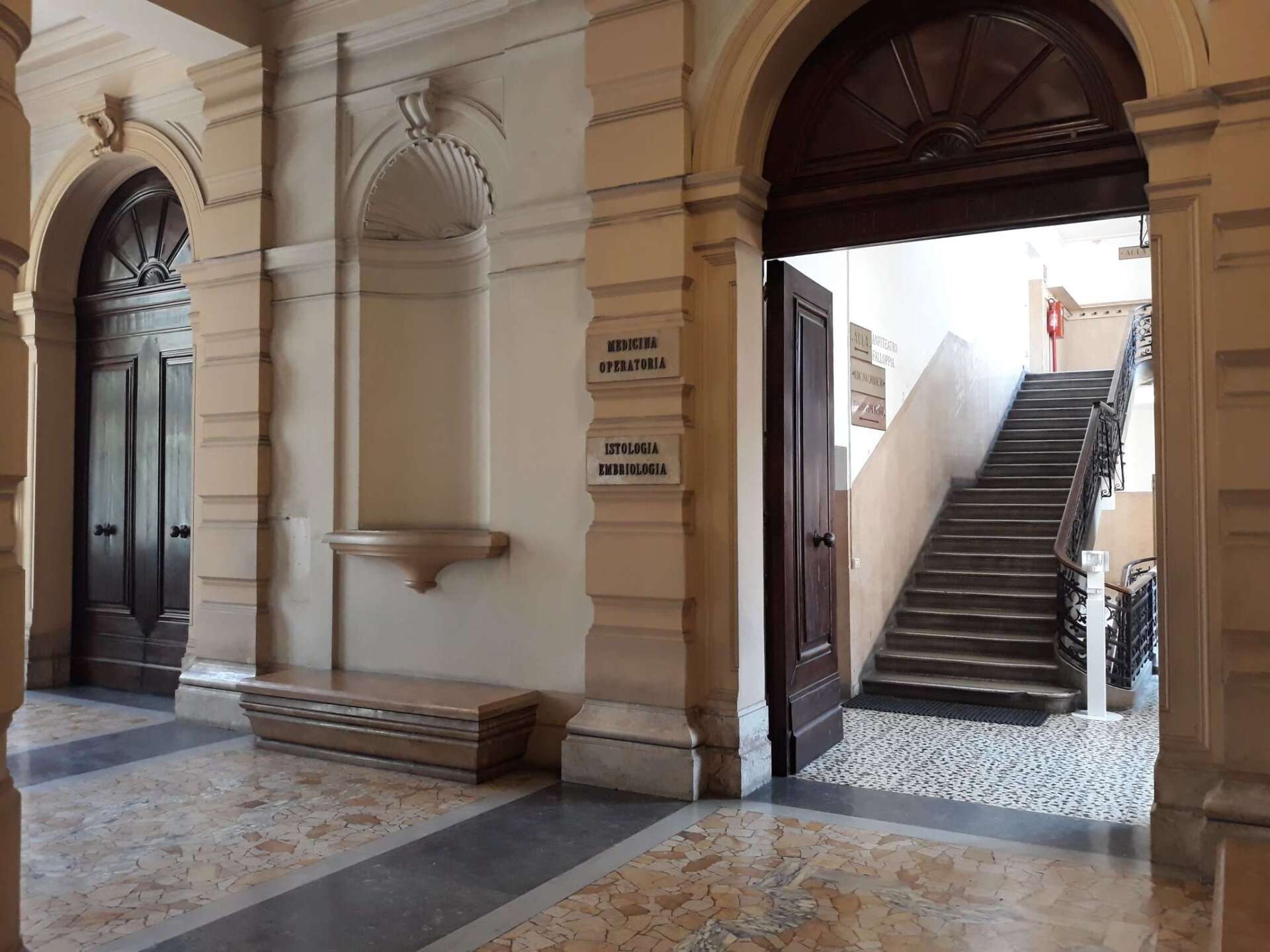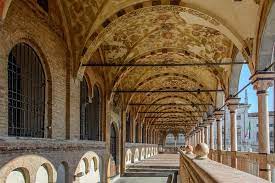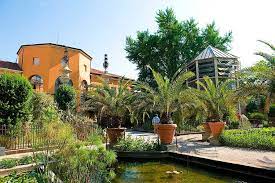HISTORY
The University of Padova was established in 1222, after a group of students and teachers decided to come here from Bologna. They set up a free body of scholars, who were grouped according to their place of origin into nationes, in which students approved statutes, elected the rettore (rector, or chancellor) and chose their teachers, who were paid with money the students collected. Defending freedom of thought in study and teaching became a distinctive feature that today lives on in the University motto: Universa Universis Patavina Libertas.
The introduction of empirical and experimental methods together with the teaching of theory marked the dawn of a golden age. In the 16th and 17th centuries, Padova became a workshop of ideas and the home to figures who changed the cultural and scientific history of humanity. They included Andrea Vesalio, who founded modern anatomy, as well as the astronomer Copernicus, and Galileo, who observed the skies here.
Padova also vaunts the world’s first university botanical garden and a permanent anatomical theatre, which was built by Girolamo Fabrici d’Acquapendente. William Harvey, who became famous for describing the circulation of the blood, studied in
Padova, and in 1678 Elena Lucrezia Cornaro Piscopia became the first woman in the world to be awarded a university degree.
Padova University is the perfect setting for the International Myopain Society’s 11th Congress. Myofascial pain is becoming more recognized as a true medical entity and the leading cause of chronic pain. Program presenters and workshop leaders exemplify advances in this realm of medicine. We hope you will join us in Padova, Italy on June 22-26, 2022 to share knowledge, become more educated and leave better prepared in myofascial pain research and treatment of patients with this condition.
2022 is the 800 year anniversary of Padoa University which was officially founded in 1222. Around this time a large group of students and professors left the University of Bologna in search of more academic freedom and are credited with the actual creation of the University. The first subjects to be taught were law and theology. The curriculum expanded rapidly and by 1399 the institution had divided into two sections: a Universitas Iuristarum for civil law and Canon law, and a Universitas Artistarum which taught astronomy, dialectic, philosophy, grammar, medicine, and rhetoric. There was also a Universitas Theologorum, established in 1373 by Urban V.
From the fifteenth to the eighteenth century, the university was renowned for its research, particularly in the areas of medicine, astronomy, philosophy, and law. During this time, the university adopted the Latin motto: Universa universis patavina libertas (Paduan Freedom is Universal for Everyone). The Botanical Garden of Padova, established by the university in 1545, is one of the oldest gardens of its kind in the world. In addition to the garden, best visited in the spring and summer, the university also manages nine museums, including a History of physics museum.
The University began teaching medicine around 1250. It played a leading role in the identification and treatment of diseases and ailments, specializing in autopsies and the inner workings of the body. The university houses the oldest surviving permanent anatomical theatre in Europe, dating from 1595 at which time it drew artists and scientists studying the human body during public dissections. Anatomist Andreas Vesalius held the chair of Surgery and Anatomy (explicator chirurgiae) and in 1543 published his anatomical discoveries in De Humani Corporis Fabrica. The book triggered great public interest in dissections and caused many other European cities to establish anatomical theatres. Padova University became one of the universities of the Kingdom of Italy in 1873, and ever since has been one of the most prestigious in the country for its contributions to scientific and scholarly research: in the field of mathematics alone, its professors have included such figures as Gregorio Ricci Curbastro, Giuseppe Veronese, Francesco Severi, and Tullio Levi Civita.
A few other famous alumni include:
· Marcantonio dalla Torre (1481–1511). He was a Renaissance Professor of Anatomy who lectured at the University of Padova. He was also Leonardo da Vinci's anatomy instructor
· Nicolaus Copernicus (1473-1543). He theorized the heliocentric system (the planets revolve around the Sun) known since then as the Copernican System and is considered to mark the birth of a scientific revolution in the Western world.
· Galileo Galilei (1564-1642). Together with Newton, Galileo is considered one of the fathers of modern science, for his momentous discoveries and his definition of the proper scientific method.
· William Harvey (1578-1657). The great English doctor Harvey “discovered” the circulation of the blood.
· Massimilla Baldo Ceolin (1924-2011). Scientist and teacher of Physics, Ceolin was the first woman to be nominated to a chair at the University of Padova (1963). Her research focused on elementary particles and the “weak interactions” responsible for radioactive processes. Her studies on neutrinos contributed substantially to modern theories which interpret the oldest phases of the history of the Universe in an innovative way.
As scientific publications of innumerable conferences and congresses show, the modern-day University of Padova plays an important role in scholarly and scientific research at both a European and world level. True to its origins, this is the direction in which the university intends to move in the future, establishing closer links of cooperation and exchange with all the world's major research universities.


